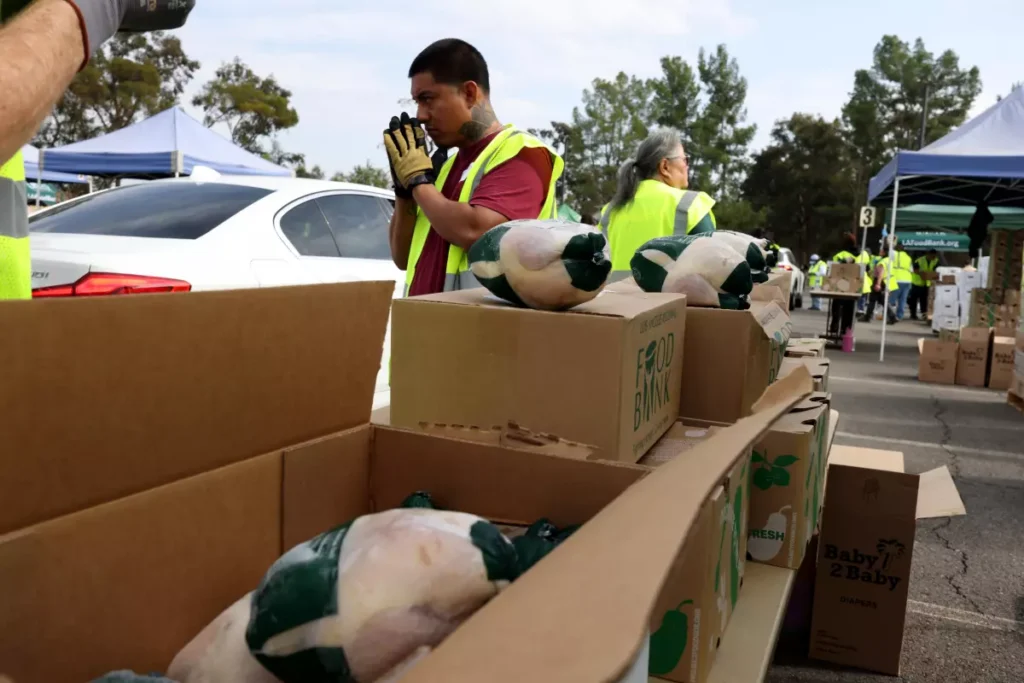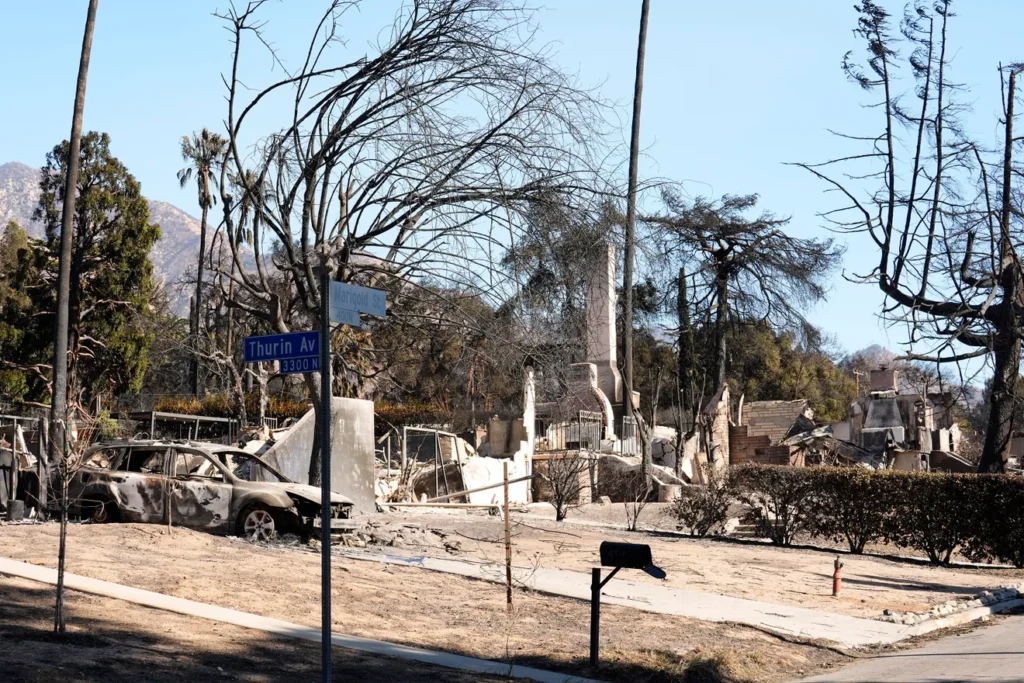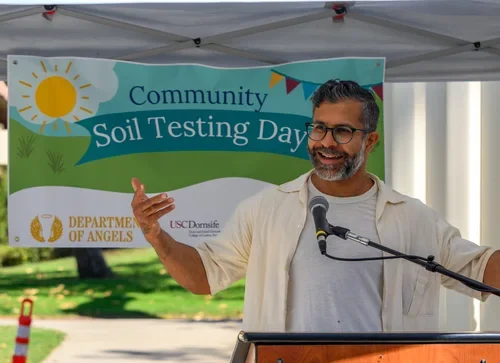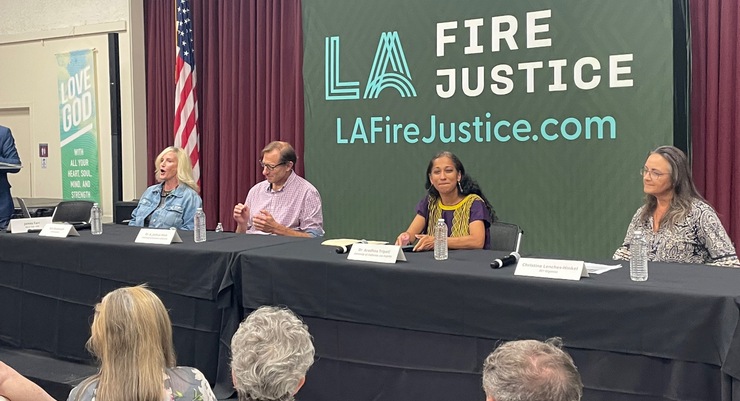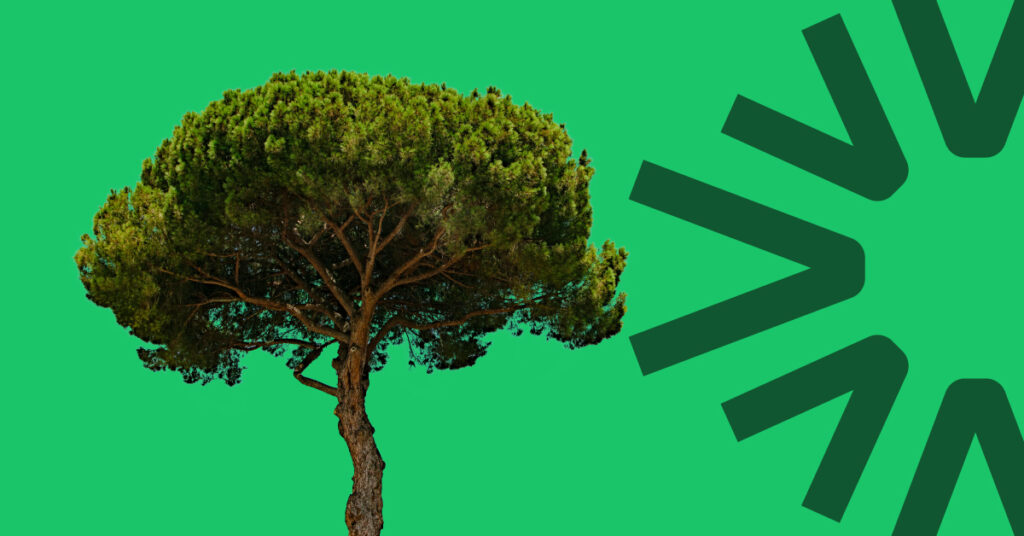Blocking abusive content online
Uncovering how Content Delivery Networks (CDNs) can unintentionally serve child sexual abuse material (CSAM)—and how using this knowledge can help stop its spread.
USC Completed 2022
Share this page
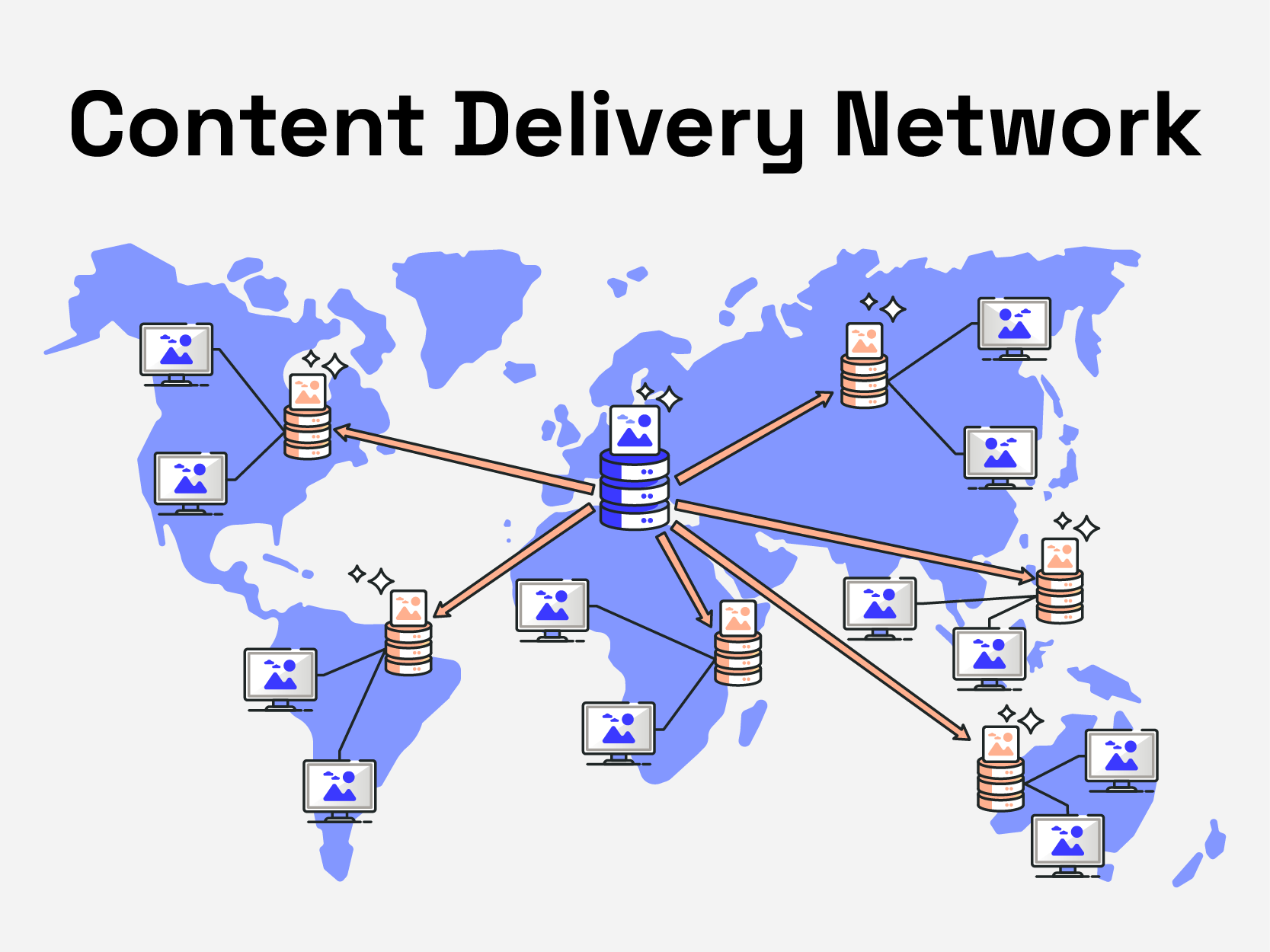
Impact
We provided a clear, technical breakdown of how CDNs process content—and where there are gaps in the system—equipping Thorn with critical insights to quickly act with takedown requests for CSAM. Our findings help Thorn team up with CDN providers and law enforcement more effectively to stop the spread of harmful content, making the internet safer for all.
Challenge
CDNs power today’s internet—speeding up websites, protecting them from attacks, and making the web seamless worldwide. But those same systems also mask website sources, making it harder to detect and remove CSAM. With reports of CSAM online rising 15,000% since 2010, Thorn wanted to understand how CDNs work so they could use that information to help curb the abuse.
15,000% increase in online CSAM since 2010
Our Plan
We worked with a networking expert from the USC Information Sciences Institute to analyze how CDNs work. By mapping out how they accept, store, and redistribute content, we helped Thorn find out who’s sharing CSAM to stop it in its tracks.
Project Goals
Understand CDN mechanics
We mapped how CDNs serve and redistribute online content, including CSAM.
Spot weak links
We analyzed how information flows across the web to uncover where—and how—we can keep abusive content from breaking through.
Foster more effective collaboration
We recommended strategies to help advocates and law enforcement work with CDN operators to remove CSAM faster.
Approach
We combed through technical analyses and literature to uncover why harmful material is hard to remove and gave Thorn the data needed to address it.
Data Analysis
Literature Review
“Content Delivery Networks make the high-speed internet experience possible. But they also make it harder to combat the flow of child sexual abuse materials on the internet. USC helped us explore the ways these networks work to inform holistic strategies to stop the spread of online child sexual abuse material.”
Melissa Stoebel
VP of Business Development & Strategic Insights, Thorn

